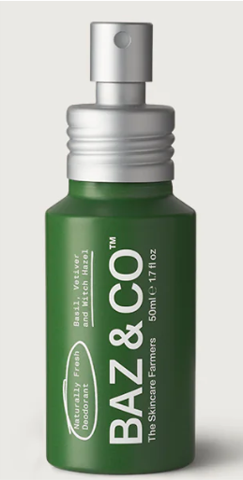


A source of innovation and value creation, eco-design is an approach that helps reduce negative environmental impacts, based on product life-cycle analysis.
One of the many levers for eco-design of cosmetics is the choice of ingredients that have less impact through their agricultural origin. In this article, we look at the choice of ingredients from vertical farms.
So, to meet the demands of naturalness and sustainability, some brands are exploring new solutions such as controlled agriculture on vertical farms to source their active ingredients. Such communication is still very marginal on the brand side, but should develop thanks to initiatives such as Capsum - a scientific artisan creating a vertical laboratory farm with iFarm technology - or SEPPIC and BOTALYS, who have signed a co-development and distribution partnership.
Cultivation in vertical farms meets the following needs:
- Controlled supply: Ultra locality, free from seasonal variations,
- Optimization of plant resources,
- A reduction in land area and an increase in available arable land,
- A 95% reduction in water consumption compared to traditional crop watering via closed-circuit irrigation.
Let's mention the lovely Ulé brand from the Shiseido group, a pioneer in this field with its Pure 3otany™ Blend: a blend of 3 plants grown in their eco-farm: Coleus, Centella and Tulsi.
Today, discover the young English brand BAZ&CO, which uses an essential oil from vertically farm-grown Basil in all its products, and this summer launched a brand-new deodorant: Naturally Fresh deodorant for Men.
All its products can be found in our database.